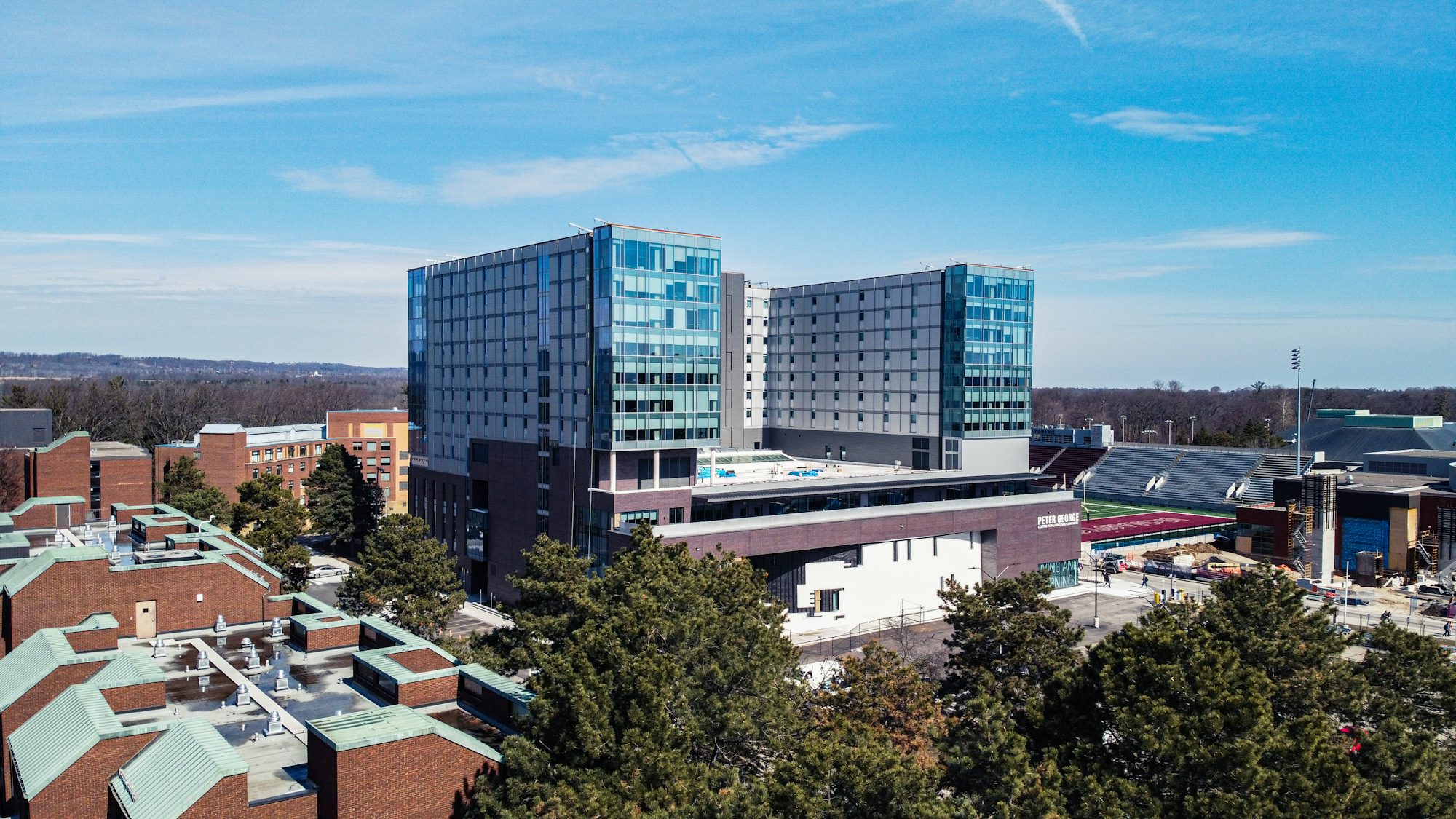
One of the most notable trends in higher education is the increasing prevalence of online education. The flexibility offered by online programs has made them appealing to a wide range of students, from traditional learners to working professionals seeking to enhance their skills. Online universities provide a unique opportunity to learn from anywhere, enabling students to balance their studies with personal and professional commitments. Institutions like Southern New Hampshire University and the University of Phoenix have been at the forefront of this movement, offering comprehensive online degree programs across various fields. This shift not only broadens access to education but also allows for a more personalized learning experience, as students can progress at their own pace.
Moreover, the integration of technology in education is transforming traditional teaching methods. Universities are increasingly incorporating innovative tools such as virtual reality, artificial intelligence, and data analytics into their curricula. These technologies enhance the learning experience by providing immersive simulations and personalized learning pathways. For instance, medical schools are using virtual reality to allow students to practice surgical procedures in a risk-free environment, while business programs utilize data analytics to teach students about market trends and consumer behavior. This technological advancement prepares graduates for the demands of a tech-driven workforce, making them more competitive in the job market.
Another significant trend is the rise of interdisciplinary studies. As the world becomes more interconnected, universities recognize the importance of fostering a holistic understanding of complex issues. Programs that encourage collaboration between different disciplines allow students to develop a broader perspective and apply their knowledge to real-world challenges. For example, students studying environmental science may collaborate with those in policy or economics to address climate change. Institutions such as Stanford University and the Massachusetts Institute of Technology (MIT) are known for their commitment to interdisciplinary education, providing students with opportunities to work across various fields and develop innovative solutions.
Experiential learning is also gaining prominence in higher education. Universities are placing greater emphasis on hands-on experiences that complement classroom learning. This approach can include internships, co-op programs, service learning, and research projects that allow students to apply their knowledge in real-world settings. Experiential learning not only enhances students' understanding of theoretical concepts but also equips them with practical skills and valuable professional connections. Institutions like Northeastern University are pioneers in integrating experiential learning into their curricula, ensuring that students graduate with relevant experience and a competitive edge.
Mental health and wellness have become increasingly important in the context of higher education. Universities are recognizing the challenges students face, including academic pressure, financial stress, and social adjustments. To support student well-being, many institutions are expanding their mental health services and creating programs aimed at promoting resilience and self-care. Initiatives such as wellness workshops, peer support groups, and counseling services are becoming standard offerings at universities. For instance, the University of California system has implemented comprehensive mental health programs to ensure students have access to the resources they need to thrive academically and personally.
Additionally, a growing focus on inclusivity and diversity is shaping the university experience. Institutions are striving to create environments that embrace students from all backgrounds, fostering a sense of belonging and community. Efforts include implementing diversity training for faculty and staff, establishing mentorship programs for underrepresented groups, and promoting inclusive curricula that reflect diverse perspectives. Universities such as the University of Michigan and Georgetown University are leading the way in these initiatives, ensuring that all students feel valued and supported in their academic pursuits.
Sustainability is another critical area of focus for universities as they seek to address global challenges. Many institutions are adopting sustainable practices on campus, from reducing energy consumption to promoting eco-friendly transportation options. Universities are also integrating sustainability into their curricula, offering programs that equip students with the knowledge and skills needed to tackle environmental issues. The University of Vermont and the University of California, Santa Barbara, for example, are known for their commitment to sustainability and environmental stewardship, inspiring students to become advocates for positive change.
Globalization is reshaping the university experience as well. As the world becomes more interconnected, universities are expanding their international partnerships and study abroad programs. This globalization of education provides students with opportunities to experience different cultures, gain a global perspective, and enhance their employability in an increasingly diverse workforce. Institutions like New York University and the University of Toronto have developed extensive global networks, allowing students to engage with international communities and broaden their horizons.
Finally, as the job market evolves, universities are increasingly focusing on preparing students for the workforce. Collaborations with industry leaders and the integration of career services into academic programs are becoming more common. Universities are working to align their curricula with industry needs, ensuring that students acquire relevant skills and knowledge. Many institutions are also offering career-oriented workshops, networking events, and internship placements to facilitate the transition from education to employment. Schools such as Purdue University and the University of Texas at Austin are recognized for their strong ties to industry and their commitment to preparing graduates for successful careers.
In conclusion, the future of education is being shaped by numerous trends that reflect the changing needs of students and society. As universities adapt to these shifts, they are embracing online education, integrating technology, promoting interdisciplinary studies, and prioritizing mental health and wellness. Additionally, a focus on inclusivity, sustainability, globalization, and workforce readiness is helping to create a more dynamic and supportive educational environment. As students navigate their academic journeys, these trends will play a crucial role in shaping their experiences and preparing them for success in an increasingly complex world.